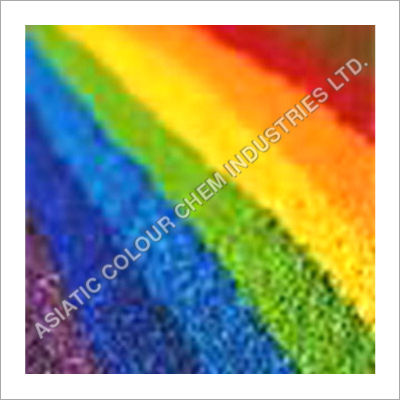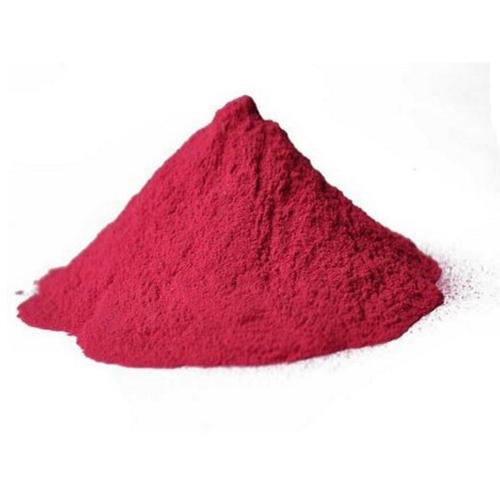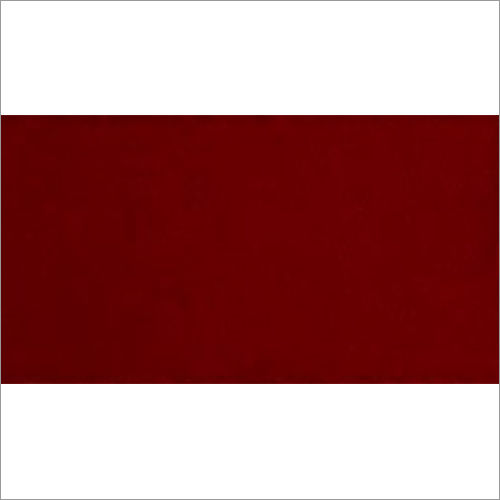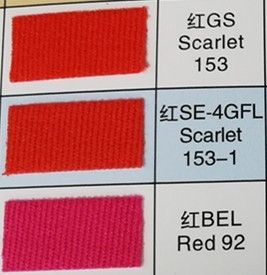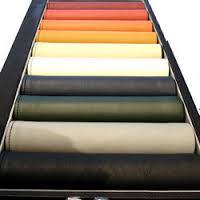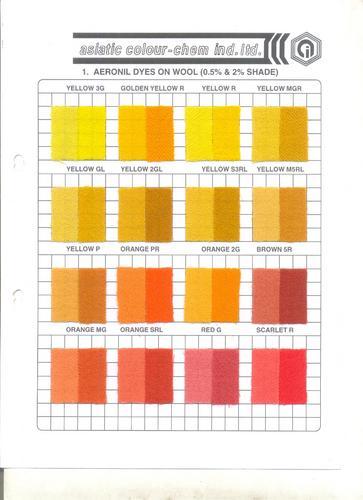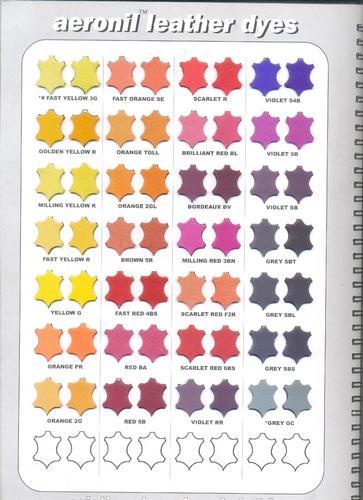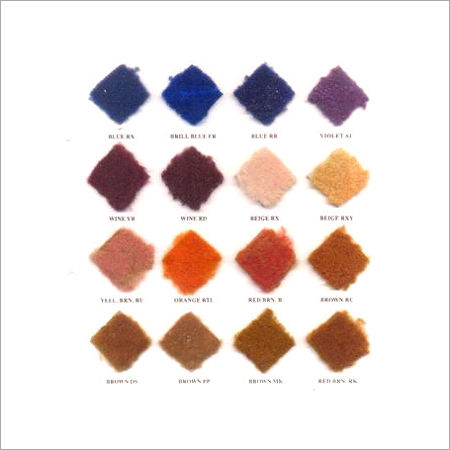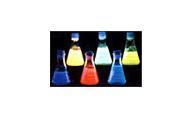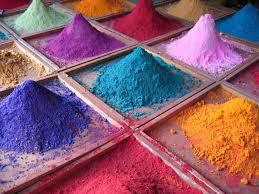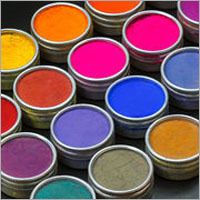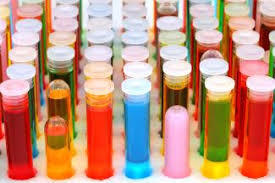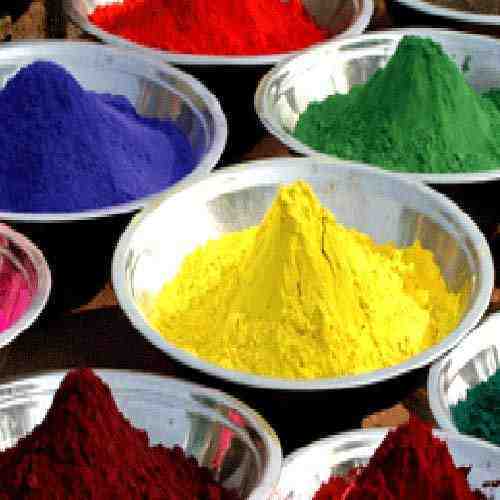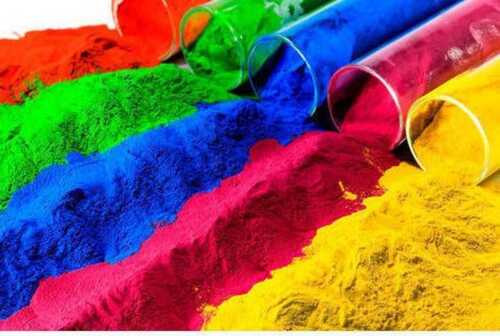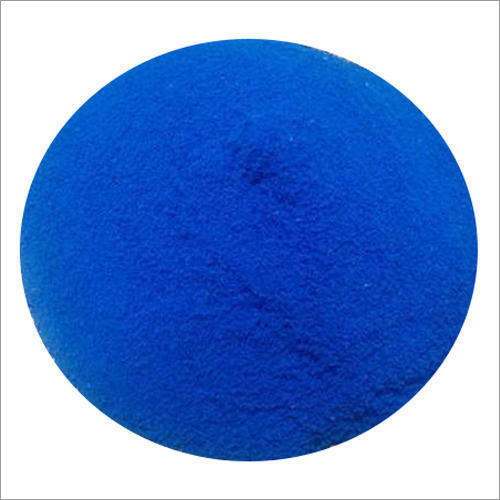We are the leading name in the global market and actively engaged in exporting premium quality Dyestuffs. Processed by our highly skilled chemist using high quality compound, it is widely used in pigment and rubber industry. This product forms a covalent bond with the cellulose and protein molecule, providing excellent color fastness. These Dyestuffs are tested on various defined parameters and are offered in airtight packaging options using excellent quality packing material. What are Dyestuffs? Dyestuff is largely organic and also inorganic compounds that absorb light and reflect it show colors. These are water soluble substances that are extensively used in various industries for coloring. The larger part of natural dyestuffs is from plant sources: roots, berries, bark, leaves, and wood, organisms, and lichens. Material coloring goes back to the Neolithic period. All through history, individuals have colored their materials utilizing regular, locally accessible materials. Rare dyestuffs that created splendid and changeless hues, for example, the common invertebrate colors Tyrian purple and red kermes were profoundly prized extravagance things in the antiquated and medieval world. Plant-based colors, for example, woad, indigo, saffron, and madder were raised monetarily and were vital exchange products in the economies of Asia and Europe. Crosswise over Asia and Africa, designed fabrics were created utilizing oppose coloring methods to control the ingestion of shading in piece-colored material. Colors from the New World, for example, cochineal and logwood were conveyed to Europe by the Spanish treasure armadas, and the dyestuffs of Europe were conveyed by pilgrims to America. Food Dyes One different class that depicts the part of dyes, as opposed to their method of utilization, is the food colors. Since food colors are classed as nourishment added substances, they are made to a higher standard than some modern colors. food colors can be immediate, stringent and vat colors, and their utilization is entirely controlled by enactment. Numerous are azo colors, in spite of the fact that anthraquinone and triphenylmethane mixes are utilized for hues, for example, green and blue. Some normally happening colors are likewise utilized. Criteria for a good dyestuff Cheap Non-toxic Compatible to other dyes and chemicals High color strength Better brightness Better fastness Good levelness on the materials Classification of Dyestuffs Dyestuffs are categorized according to common parent structure Dyestuffs are segregated according to application Classification based on Application of Dyes Basic dyes Acid dyes Direct dyes Reactive dyes Sulfur dyes Premetallized dyes Azoic (Napthol) dyes Disperse dyes Vat dyes
